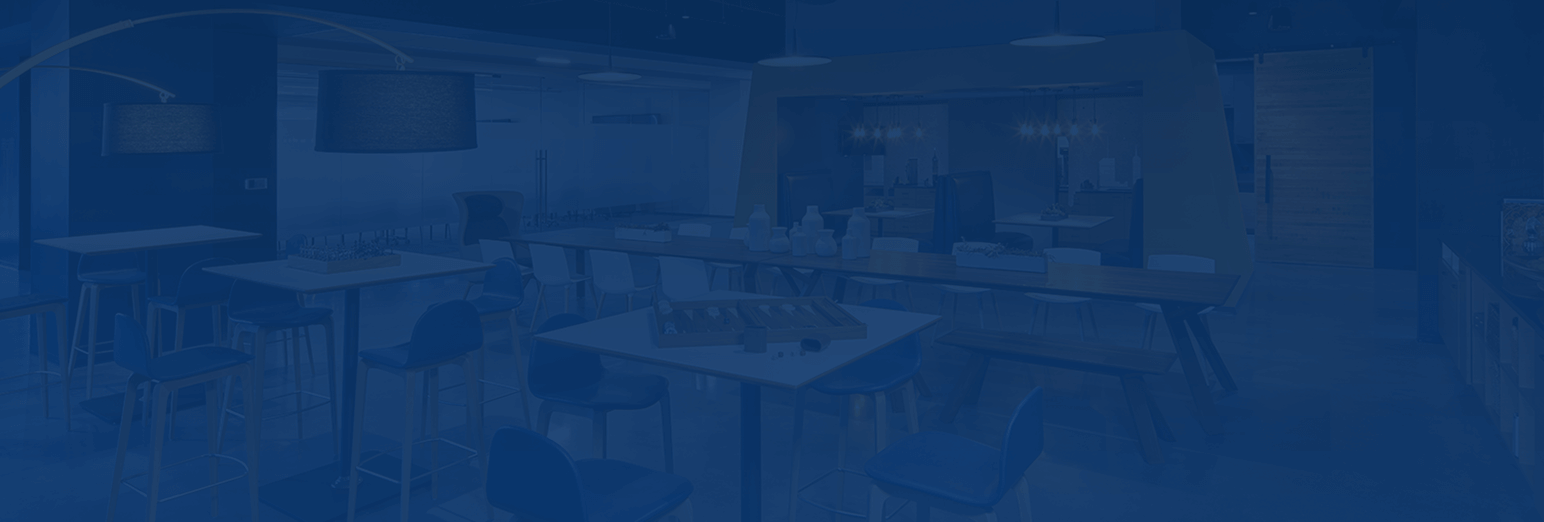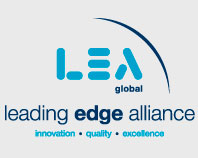The new lease accounting standard is here for private companies. The revised lease guidance was introduced by the Financial Accounting Standards Board (FASB) in 2016 as Accounting Standards Update (ASU) 2016-02 creating Topic 842, Leases, of the Accounting Standards Codification (Topic 842 or the Lease Standard). Topic 842 is intended to “increase transparency and comparability among organizations by recognizing lease assets and lease liabilities on the balance sheet and disclosing key information about leasing arrangements.”
For public companies the lease standard had an implantation date for fiscal years and interim periods within those fiscal years, beginning after December 15, 2018. The guidance for private companies was effective for fiscal years beginning after December 15, 2019, and interim periods within fiscal years beginning after December 15, 2020, under the original ASU. This date was pushed back multiple times over the past few years due to its proximity to the new revenue standards effective in 2019 and the burden of implementing that standard put on private companies, and then given an additional year due to the challenges companies were facing in the midst of the COVID-19 pandemic. In November, the FASB faced another vote to either delay the standard yet another year or to bite the bullet and have private companies implement the Lease Standard. The FASB staff ultimately voted not to delay the implementation of Topic 842 any longer, citing that some private companies have already adopted the standard to be comparative to their public peers coupled with the expectation that the challenges companies face now may still be present two years from now.
Action Items
Now that the Lease Standard is effective for 2022 for private companies, all private companies need to start developing a plan for implementation asap, if not done already. It is well documented that the implementation takes significantly more time than companies who have already adopted originally thought. The initial steps to begin developing an adoption plan would be to take inventory of all existing leases, including equipment, real estate leases, etc., then private companies should evaluate whether to use third-party software or to track the lease accounting using in-house resources.
For more information on key components of the new Lease Standard and important considerations for when you are developing your implementation plan once you’ve completed the initial steps above, view this blog post.
Contact Us
For more information regarding the new lease standards, contact Mike Reynolds or Lindsey Sykes by emailing [email protected].





